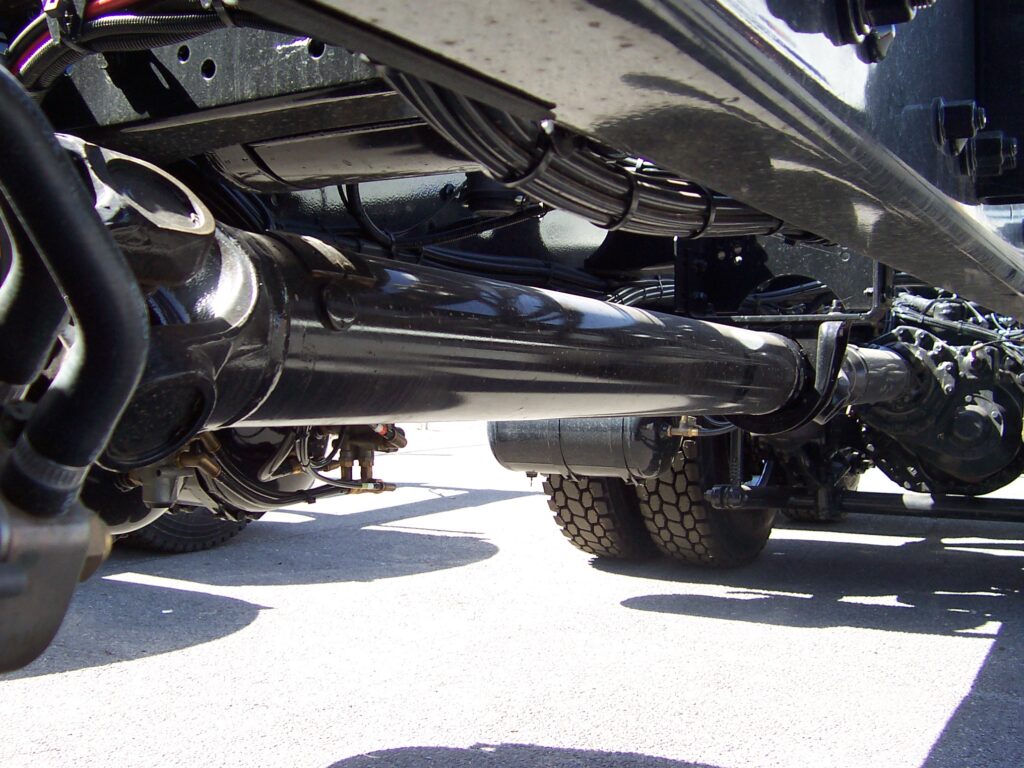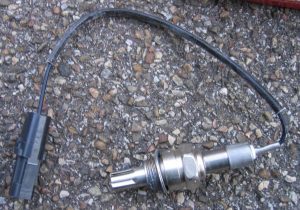
Not sure how to check for a bad or failing driveshaft? Here’s a quick guide with everything you need to know about inspecting and diagnosing a bad driveshaft. Whether you have a compact car or a big lifted truck, the drivetrain is responsible for transferring torque and making your vehicle move.
Symptoms of a failing driveshaft
There are some differences between AWD, front-wheel drive and rear-wheel drive vehicles. FWD vehicles are much different than the others, as they have CV joints instead of universal joints found on long driveshafts. Failing CV axles have similar symptoms and are easy to identify.
For example, on a FWD car you will typically notice extreme vibration when you accelerate. You might be fooled into thinking its the motor mounts, and many people will assume it’s either that mounts or unbalanced tires. The key here is that it gets worse when you step on the gas.
Since it’s a front-wheel drive, you will feel the vibration up front, often confusing it with worn-out motor mounts. However, a bad CV axle will most definitely cause your motor mounts to fail, and vice versa. Replace both if needed.
Vibration coming from under your vehicle is the number one symptom of a failing driveshaft. Check the u-joints and bushings, as they will cause extreme driveshaft vibration when driving the vehicle. Many trucks will have grease fittings on the u-joints, so make sure to check and grease them on a routine basis.
Pay attention to your vehicle when you accelerate, because experiencing a shudder is often the sign of a bad center bearing or loose u-joint. It can also make a clunking noise when the u-joints are failing.
It also becomes harder to control a vehicle when the driveshaft isn’t operating properly. Turning can become difficult. If you have any issues controlling and steering your vehicle then its crucial to fix it yourself or pay a professional.
Replacing the U-Joints or CV Axles
Repairing your drivetrain might seem simple, but it’s not something an inexperienced DIYer should attempt. If you’re a mechanic, have worked in a shop before, and performed other repairs – then go for it! But please, make sure you know what you’re doing. There are YouTube guides, but they often leave out the ‘hard parts’.
Here’s a good guide on how to diagnose and replace bad u-joints:
In most cases, replacing a CV axle is a bigger job than replacing u-joints, as you will lose transmission fluid and often have to deal with working in a smaller area. Replacing bad u-joints is usually easy if you have the vehicle high enough off the ground, as you can avoid removing the entire shaft (on most vehicles).
Buy Quality Driveline Parts
CV axles can also be more expensive than simply purchasing u-joints to repair your drivetrain. It’s not the actual shaft that fails, it’s the joints. On a trans-axle vehicle, it’s usually a matter or replacing the entire CV axle. Often, only one will fail, but sometimes you have to replace the left and right side axles.
Quality parts can be purchased without spending a fortune, so check out MOOG or speak with an expert at one of your local parts stores.
Hire a Professional Mechanic
For an experienced mechanic, replacing u-joints and diagnosing drivetrain issues is easy work. These are often tough jobs if you don’t have a lift because of the amount of time you need to spend laying on the ground and the weight of the driveshaft, transmission and differential. Search around for a good quote and have a professional fix the issue, as it’s not safe to drive around with a bad or failing driveshaft.

Automotive professional with over two decades of experience working on vehicles. Started out at a tire shop, moved to a dealership and now writing about automotive topics full time. I love working on cars and helping car enthusiasts by writing about my experiences.






